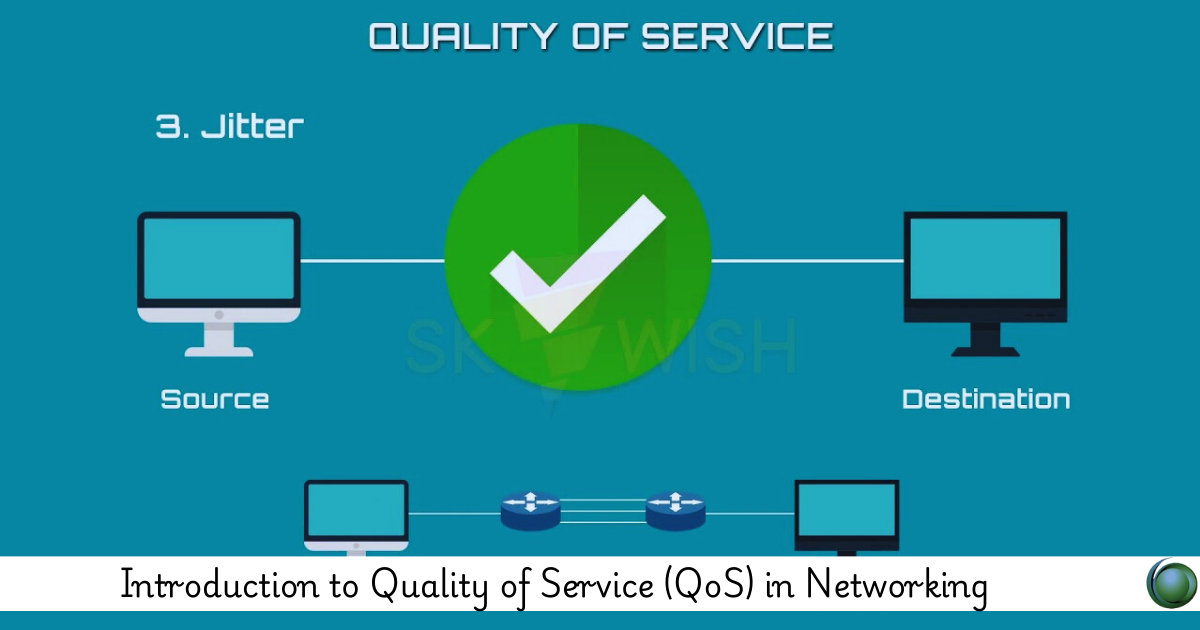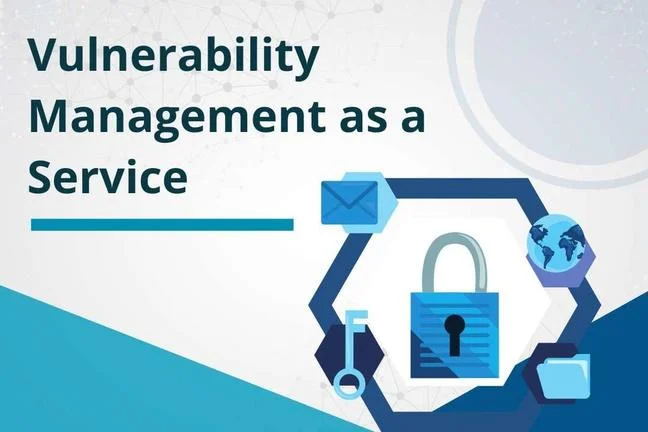Description
Introduction of QoS in Networking
Quality of Service (QoS) is a critical concept in networking that ensures the efficient and reliable delivery of network services. It encompasses a set of techniques and mechanisms used to manage network resources, prioritize traffic, and maintain optimal performance, especially in networks that handle diverse types of data traffic, such as voice, video, and data. By implementing QoS, organizations can improve the quality of network services, reduce latency, enhance throughput, and prevent congestion. This introduction to QoS will explore the key principles, methods, and technologies that are used to optimize network performance and ensure a consistent user experience.
Prerequisites
- Basic understanding of networking concepts, including IP addressing, routing, and switching.
- Familiarity with network devices such as routers, switches, and firewalls.
- No advanced knowledge of QoS is required; this course provides foundational understanding suitable for network administrators, engineers, and IT professionals.
Table of Contents
1. Introduction to Quality of Service (QoS)
1.1 What is Quality of Service?
1.2 Importance of QoS in Networking
1.3 Key Factors Affecting QoS: Latency, Jitter, and Packet Loss
2. QoS Mechanisms and Techniques
2.1 Traffic Classification and Marking
2.2 Traffic Policing and Shaping
2.3 Congestion Management and Avoidance
2.4 Queueing Mechanisms: FIFO, Priority Queueing, and Weighted Fair Queueing (WFQ)
3. QoS Models and Architectures
3.1 Best Effort vs. QoS-enabled Networks
3.2 Differentiated Services (DiffServ) Model
3.3 Integrated Services (IntServ) Model
3.4 RSVP and MPLS QoS
4. QoS in Local Area Networks (LANs)
4.1 Implementing QoS in Switches and Routers
4.2 VLANs and QoS Integration
4.3 Traffic Prioritization in LAN Environments
5. QoS in Wide Area Networks (WANs)
5.1 Implementing QoS Across WAN Links
5.2 WAN Optimization Techniques
5.3 Quality of Service in VPNs and MPLS Networks
6. QoS for Voice and Video Traffic
6.1 Challenges in Voice and Video Traffic
6.2 Prioritizing Real-time Applications
6.3 Ensuring Low Latency and High-Quality Voice/Video
6.4 Implementing QoS for VoIP and Video Conferencing
7. QoS Tools and Technologies
7.1 QoS Policies and Profiles
7.2 Cisco QoS Technologies: CBWFQ, LLQ, and CoS
7.3 Traffic Shaping and Policing Tools
7.4 Network Monitoring and QoS Testing Tools
8. Troubleshooting QoS Issues
8.1 Identifying and Diagnosing QoS Problems
8.2 Common QoS Misconfigurations
8.3 Tools for Troubleshooting QoS Issues(Ref: Mastering Quality of Service (QoS) for Network Traffic Management)
9. Best Practices for Implementing QoS
9.1 Designing a QoS Policy for Your Network
9.2 Managing Traffic Load and Priorities
9.3 Continuously Monitoring and Adjusting QoS Settings
10. Future Trends in QoS and Networking
10.1 The Impact of 5G Networks on QoS
10.2 QoS in SDN and Network Automation
10.3 Emerging Technologies for QoS Optimization
11. Conclusion and Key Takeaways
11.1 The Importance of QoS in Modern Networking
11.2 Summarizing Key QoS Principles and Best Practices
11.3 Future Considerations for QoS in Networking
Conclusion
Understanding and implementing Quality of Service (QoS) is essential for ensuring the optimal performance of a network, particularly in environments with varying traffic types, including voice, video, and data. By applying QoS principles, organizations can prioritize critical applications, reduce congestion, and ensure a reliable user experience. This foundational knowledge of QoS equips network professionals with the skills to optimize performance, improve service delivery, and troubleshoot issues effectively. As networking technologies evolve, staying updated on QoS advancements will remain crucial for supporting next-generation applications and services.







Reviews
There are no reviews yet.